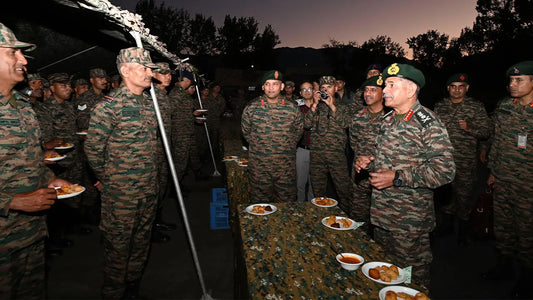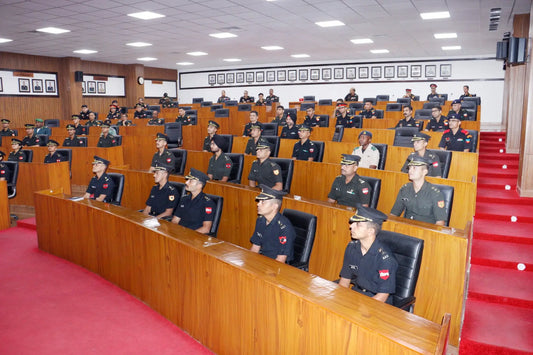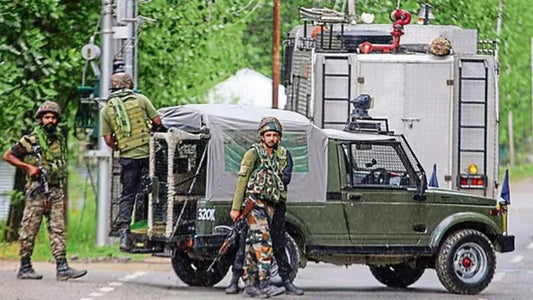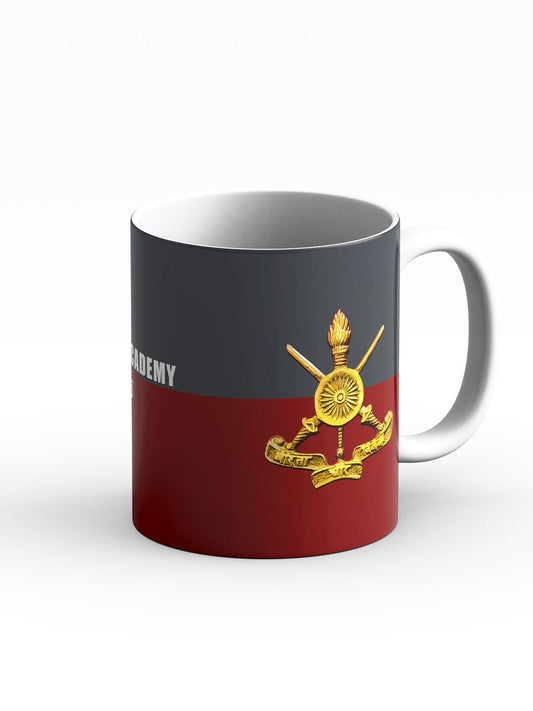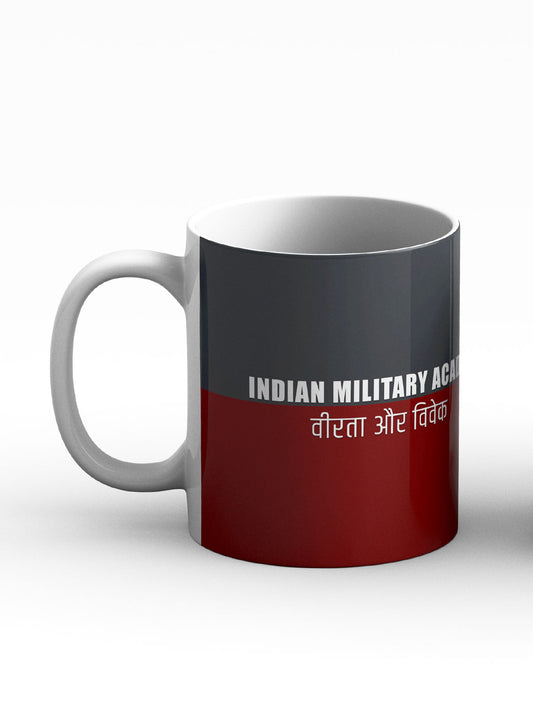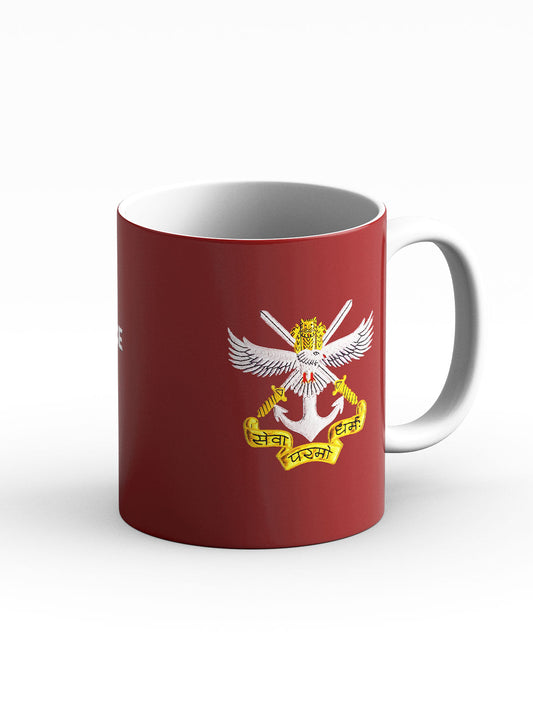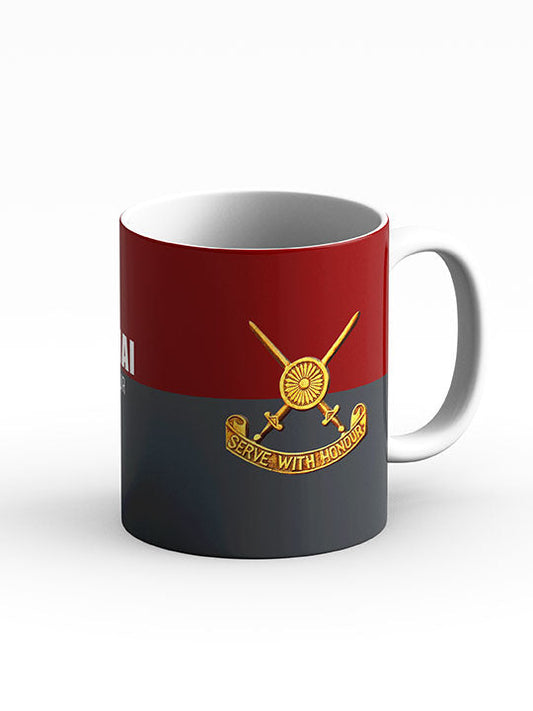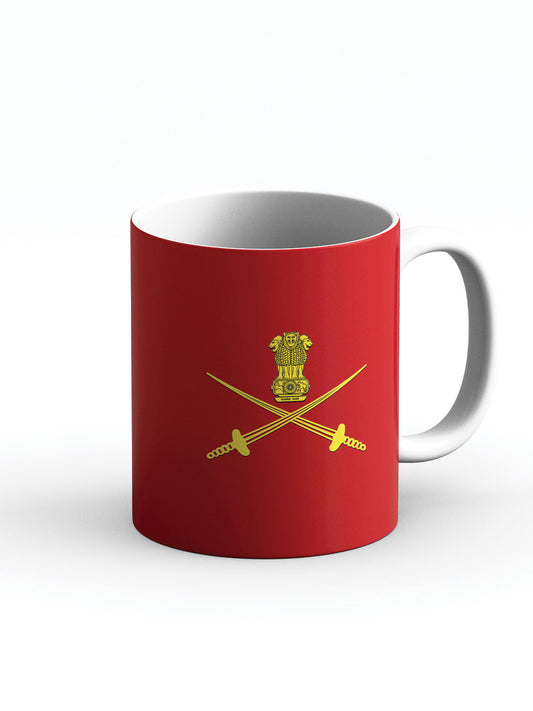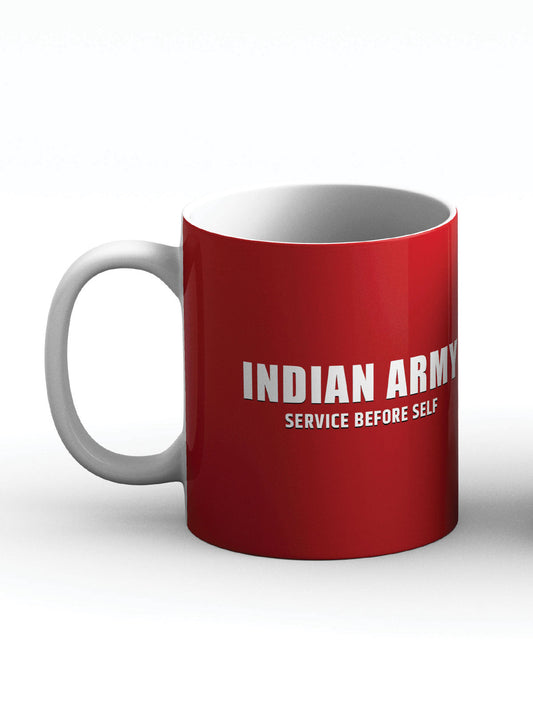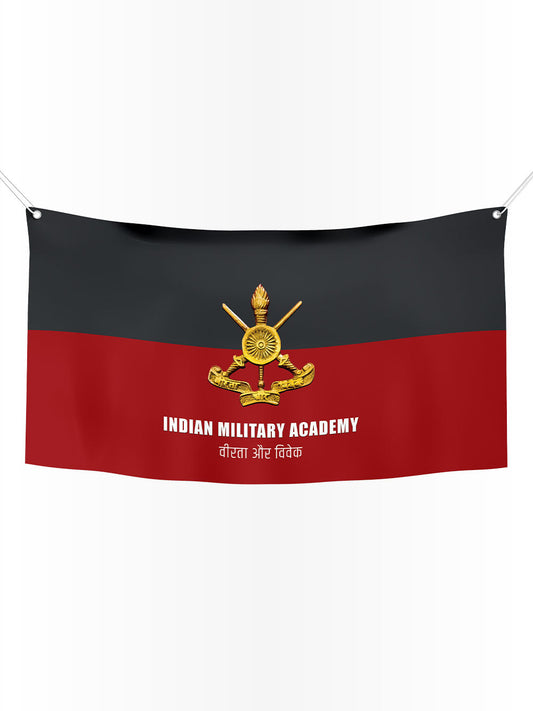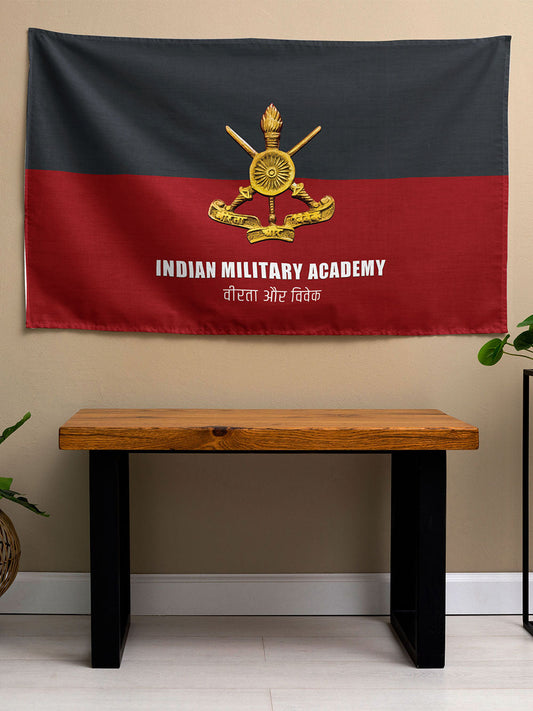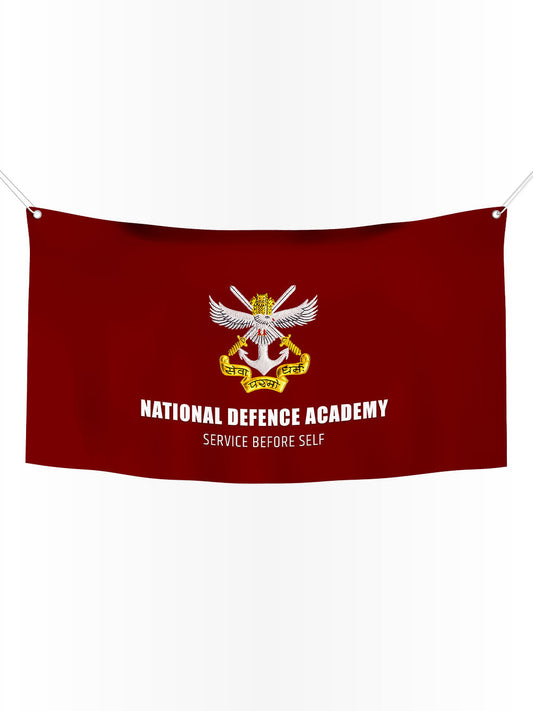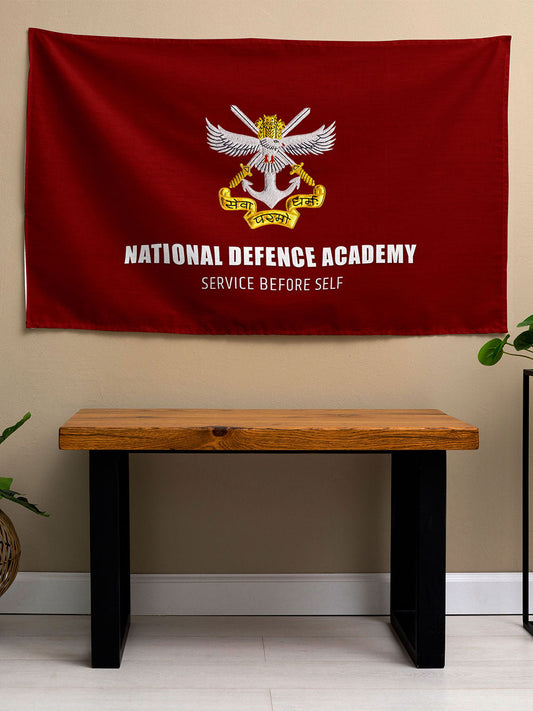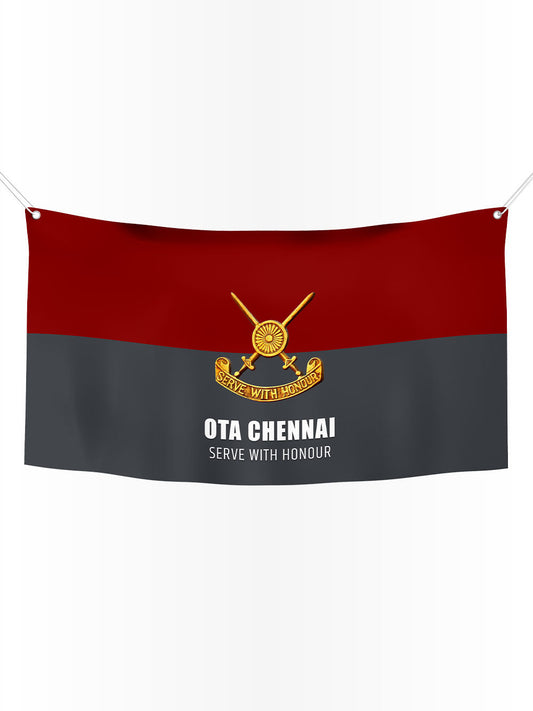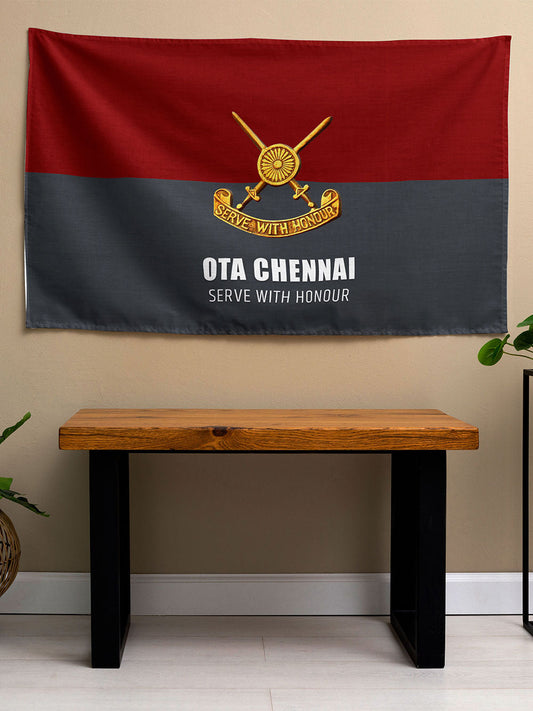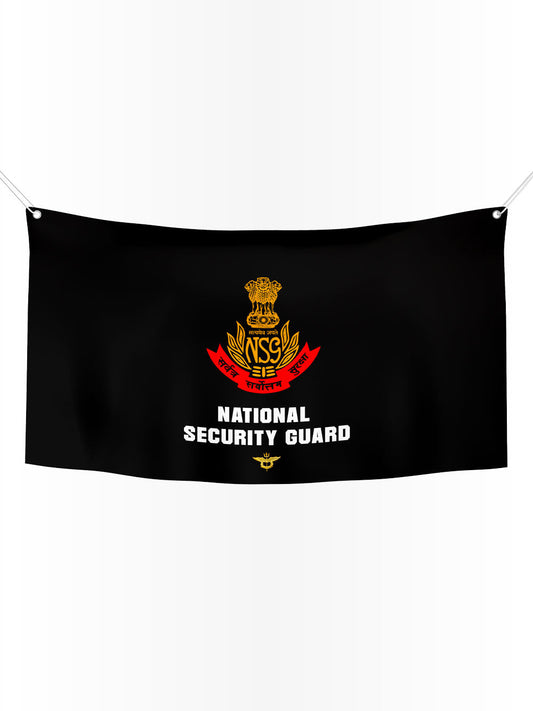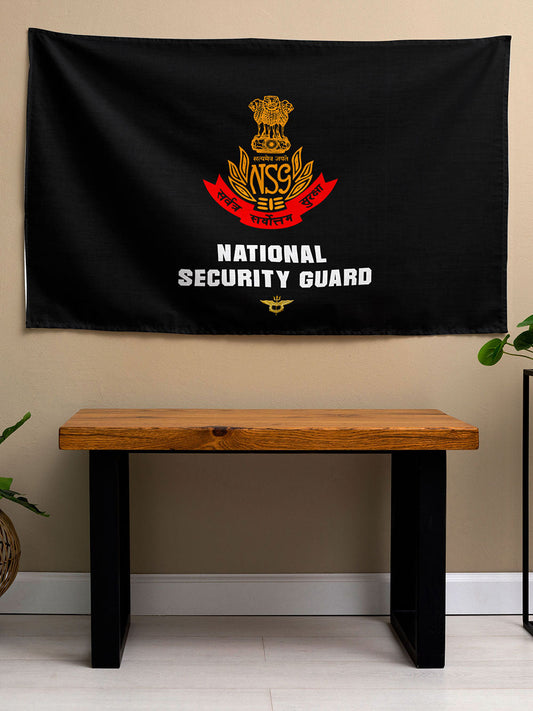Understanding the Aide-de-Camp Role in India: Pathway to Becoming an ADC
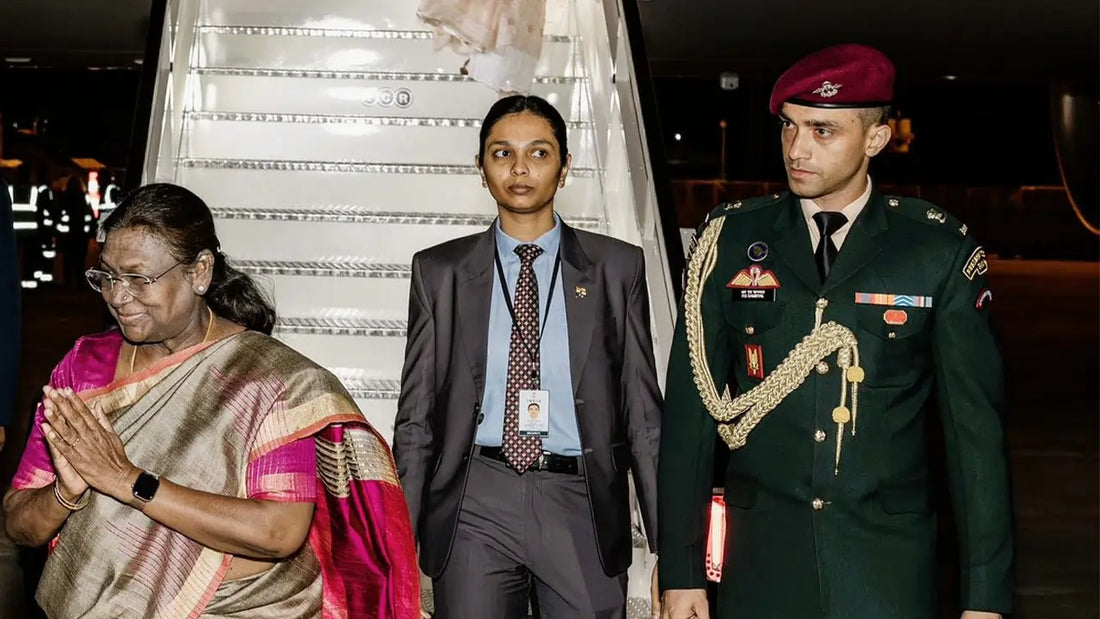
The position of Aide-de-Camp (ADC) within the Indian Armed Forces stands as a unique blend of historical military tradition, administrative effectiveness, and national honor. Originating from colonial times, the role has grown to symbolize the high standards expected of officers who assist the nation's top leaders.
This article examines the ADC role in detail, covering its definition, historical background, responsibilities, selection process, training requirements, and broader implications within the Indian Army, Navy, and Air Force. It draws from established procedures and recent developments, such as the historic 2025 appointment of the first female Navy ADC, to provide a comprehensive understanding of this prestigious position.
Historical Context and Evolution in India
The title of Aide-de-Camp finds its origins in French military traditions, meaning "assistant in the field." Formalized during British colonial rule in India, it was retained post-independence as a vital part of the Armed Forces' hierarchy. Today, it is not only a functional role but also a symbol of honor, allowing officers to use the post-nominal letters ADC even after their duties end.
The President of India, who serves as the Supreme Commander, appoints ADCs to facilitate smooth military-civilian coordination, exemplifying the integrated defense system. Similarly, state Governors and senior generals benefit from ADC support, allowing the role to adapt to modern governance needs while preserving its ceremonial significance.
ADCs have historically been present at critical moments, from independence ceremonies to modern diplomatic engagements. The inclusion of an honorary ADC from the Territorial Army demonstrates inclusivity, enabling part-time reservists to contribute meaningfully. In specific regions like Jammu and Kashmir, both Governor ADCs are drawn from the Army due to regional security concerns, reflecting the role's flexibility in balancing tradition with operational requirements.
Detailed Roles and Responsibilities
ADCs are versatile officers, often seen as the principal's "right-hand." Their roles encompass administrative, ceremonial, and advisory tasks:
- Administrative Tasks: They manage daily schedules, handle correspondence, and coordinate travel arrangements, including preparing itineraries for official visits and securing logistical support. ADCs also oversee household staff and manage official communications, allowing the principal to focus on strategic decisions.
- Ceremonial and Protocol Duties: ADCs ensure military protocol is followed during events like Republic Day parades, receptions for foreign dignitaries, or award ceremonies. They often stand in formation, wearing the distinctive aiguillette on their uniform's shoulder, usually on the left. They also liaise with government offices, military units, and embassies.
- Security and Advisory Roles: They provide input on security arrangements and act as confidential advisors on military matters. In high-pressure scenarios, ADCs maintain composure, offer quick briefings, or represent the principal when necessary. For the President, this role extends to national security discussions and facilitating connections with service chiefs.
The demanding workload often involves long hours and travel but provides unparalleled exposure to India's political and diplomatic arenas. Service chiefs have three ADCs each, while Major Generals and above commanding units usually have one, often from their own regiment.
Read: Meet Major Rishabh Singh Sambyal: 4 Para ‘Dagger’, President’s ADC and Viral Internet Sensation
Eligibility Criteria and Prerequisites
To become an ADC, candidates must be commissioned officers with an exemplary service record. The key requirements include:
- Service Experience: At least 5-7 years in the Armed Forces is required to ensure maturity and expertise.
- Rank Levels: Army candidates should be at the rank of Captain or Major, Navy candidates at Lieutenant or Lieutenant Commander, and Air Force candidates at Flying Officer or Squadron Leader.
- Personal Qualities: Candidates must demonstrate exceptional discipline, leadership, physical fitness, and communication skills, including fluency in English and at least one Indian language. A spotless record is essential due to the sensitive nature of the role.
- Branch-Specific Entry: Entry pathways include the NDA/CDS for the Army, NDA or 10+2 B.Tech for the Navy, and NDA/AFCAT for the Air Force.
Women officers are increasingly represented, as demonstrated by Lieutenant Commander Yashasvi Solanki's 2025 appointment as the first female Navy ADC to President Droupadi Murmu, reflecting a trend towards greater gender inclusivity in the forces.
The Selection Process: A Rigorous Journey
The selection process for ADCs is internal and merit-based, without public applications. It starts with nominations from unit commanders or service headquarters, focusing on performance appraisals. Shortlisted candidates undergo:
- Initial Screening: Examination of service records for leadership and conduct.
- Evaluations: Tests for mental aptitude, physical fitness, and communication skills.
- Interviews: Personal interviews with senior panels, including possible interactions with Rashtrapati Bhavan officials.
- Security Clearance: Comprehensive background checks, financial reviews, and interviews.
The selection emphasizes overall suitability, with final approval given by the President or the relevant authority. The tenure typically lasts 2-3 years, during which personal life adjustments, such as postponing marriage, may be necessary based on informal reports.
Training and On-the-Job Development
Once selected, ADCs undergo specialized training in protocol, diplomacy, and administration, often at institutions like the Defence Services Staff College. The training includes workshops on etiquette, security protocols, and scenario-based simulations. On-the-job development involves learning through immersion, adapting to the principal's style while maintaining high Armed Forces standards.
Notable ADCs and Career Impact
Serving as an ADC often serves as a springboard to higher ranks, offering exposure and networking opportunities that are invaluable for future leadership roles. The appointment of Yashasvi Solanki marks a significant step forward for women in the military, highlighting the evolving role of women in the forces. The position accelerates career advancement by providing officers with critical skills and connections.
Challenges and Broader Significance
While rewarding, the ADC role is demanding, requiring constant readiness and the ability to manage stress effectively. It represents the Armed Forces' role in governance, promoting unity across various service branches. In a nation as diverse as India, ADCs play a crucial role in fostering national integration through their cross-branch representation.
| Position | Number of ADCs | Composition | Typical Tenure |
|---|---|---|---|
| President of India | 5 (plus 1 honorary) | 3 Army, 1 Navy, 1 Air Force; Honorary from Territorial Army | 2-3 years |
| State Governors | 2 | 1 Armed Forces, 1 Police (Army only in J&K) | 2-3 years |
| Service Chiefs (Army/Navy/Air Force) | 3 each | From respective service | Variable, often 1-2 years |
| Major Generals and Above | 1 | From parent regiment/unit | Linked to command duration |
This table highlights the structured distribution, ensuring balanced support across different levels of command.
In conclusion, the ADC role represents a commitment to service and provides officers with an opportunity to influence national affairs while upholding military values. Aspiring candidates should strive for excellence from the outset of their military careers to secure this prestigious role.
